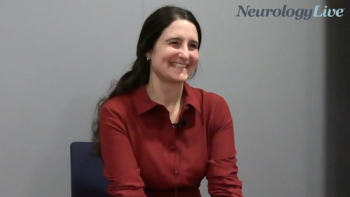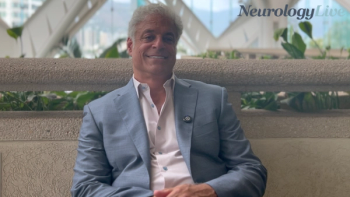
Treatment Effect of Low-Sodium Oxybate in Idiopathic Hypersomnia Based on ESS, IHSS Scores: Richard Bogan, MD, FCCP, FAASM
The associate clinical professor at the University of South Carolina School of Medicine provided context on 2 analyses presented at SLEEP 2022 that highlighted JZP-258’s impact in patients with idiopathic hypersomnia. [WATCH TIME: 2 minutes]
WATCH TIME: 2 minutes
"When they reached a stable dose, we randomized them to a placebo group for 2 weeks. Those patients got sleepy and IHSS score got worse again, indicating that they had worsening of their sleepiness."
After years of only off-label, wake-promoting therapies available for use, in August 2021, the
At the
To learn more about the findings, NeurologyLive® sat down with Richard Bogan, MD, FCCP, FAASM, associate clinical professor, University of South Carolina School of Medicine, and associate clinical professor,
REFERENCES
1. Dauvillers Y, Chen A, Steininger T, Macfadden W, Rosenberg R. Efficacy of lower-sodium oxybate in the treatment of idiopathic hypersomnia: evaluation of response based on the idiopathic hypersomnia severity scale score. Presented at: SLEEP Annual Meeting, 2022; June 4-8; Charlotte, NC. Abstract 0390.
2. Rosenberg R, Chen A, Steininger T, Macfadden W, Dauvillers Y. Efficacy of lower-sodium oxybate in the treatment of idiopathic hypersomnia: evaluation of the response based on the Epworth Sleepiness Scale score. Presented at: SLEEP Annual Meeting, 2022; June 4-8; Charlotte, NC. Abstract 0389
Newsletter
Keep your finger on the pulse of neurology—subscribe to NeurologyLive for expert interviews, new data, and breakthrough treatment updates.



































